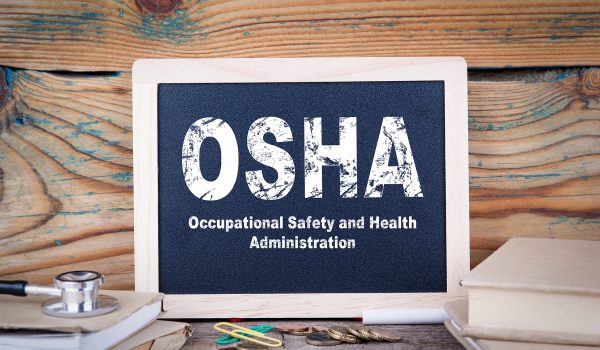The Occupational Safety and Health Administration (OSHA) is proposing rule changes to the Hazard Communication Standard (HAZCOM). OSHA states that these proposed changes will bring better alignment with various international standards on chemical hazard communication as well as the continuation of global harmonization efforts.
Those interested in making comments on the proposed changes must submit their comments to OSHA by May 19, 2021.
Some key proposed changes include:
- Incorporating pyrophoric gases into the Flammable Gas category of hazard classes.
- Adding a new hazard class: Desensitized Explosives.
- Revamping the classification category of aerosols.
- Emphasizing that hazards associated with a change in the chemical’s physical form or resulting from a reaction with other chemicals under normal conditions of use must be included on the safety data sheet (SDS).
- Reducing labeling requirements for small containers.
- Allowing labels to be included in shipping papers for bulk shipments of chemicals (other electronic mechanisms are also being considered).
- Clarifying the warning label requirements on combustible dusts.
- Incorporating new and revised warning language and precautionary statements to clarify chemical hazards to workers.
- Requiring that the concentration of a substance in mixtures be identified in certain prescribed ranges on SDSs even when the exact concentration or concentration range is being claimed as a trade secret.
OSHA believes that these amendments will better apprise employees of potential exposure to chemical hazards. Although the proposed amendments will require some chemical manufacturers, importers, and distributors to review and update their SDSs and labels, the proposed amendments will not change existing requirements for chemical hazards to be communicated to downstream users and workers through labeling, SDSs, written HAZCOM programs, and employee training.
It is important for chemical manufacturers, importers, and distributors, as well as employers to monitor developments as these proposed amendments make their way through the regulatory process. If these proposed amendments are adopted, it will be necessary for chemical manufacturers, importers, and distributors to re-examine their chemicals and update SDSs and labeling as appropriate. Employers must also be aware of these changes so that they can effectively communicate and train employees on any new hazards that have been identified, and, if applicable, update SDSs and labeling on raw materials they produce.
A full list of changes can be found here.
For more information on this topic or any other safety and health-related issues, please reach out to Kyle Johnson, Ken Perica, or any attorney with Frost Brown Todd’s Labor & Employment or Environmental practice group.

